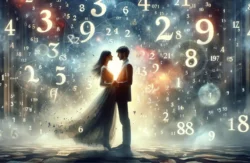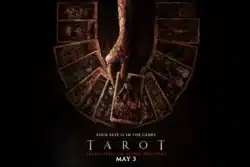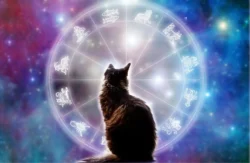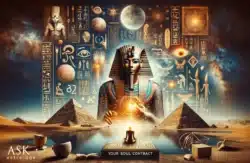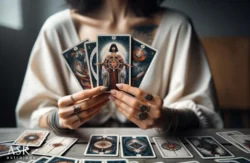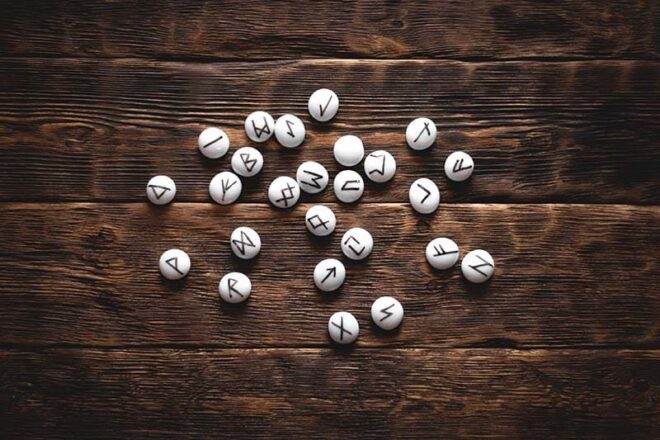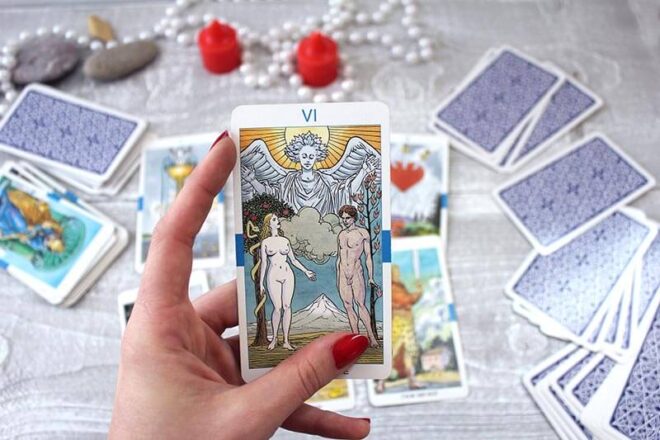There are many forms of divination. The “Big Three” are astrology, tarot/oracle cards, and numerology. Also well-known are palm reading, I-Ching, channeling, and mediumship.
This article, however, will explore and briefly describe uncommon forms of divination that you may find interesting to discover and explore.
They will be listed alphabetically, and the list is surprisingly long, even if it is not comprehensive, which is why it will be presented in a series of articles.
Next after this publicity
What is Divination?
The dictionary definition of the word divination is, “the practice of seeking knowledge of the future or the unknown by supernatural means.” In current times, divination has expanded to include spiritual insight about the self and circumstances, with less of an emphasis on predicting the future.
The techniques and tools listed below show the many ways divination can be practiced, whether you are trying to peer into the future or your own soul.
Haruspicy
Haruspicy is a very ancient form of divination that involves analyzing the entrails (mainly livers) of sacrificial animals (mainly goats, sheep, and chickens). While the practice is not completely gone from the world, it was widely practiced in ancient western cultures, including Roman, Greek, and Babylonian.
This form of divination is one of the few to gain scholarly study, evidenced by a Harvard project known as the Prediction Project, which ran from 2017 to 2020.
Jiaobei/Poe
Poe is a form of divination using wooden pieces carved into the form of crescent moons, with one flat side and one rounded site. Commonly, two of the pieces are cast to answer yes/no questions.
If one piece is flat side up and one is round side up, the answer is “yes”. If both blocks are round side up, the answer is “no”.
If both blocks are flat side up, then the answer is “the gods are laughing at you” because 1) it is obviously no, 2) it is obviously yes, or 3) the question is unclear.
If one of the pieces somehow lands on the tip and stays standing (which will depend on the kind of surface you cast on, like soil or sand), then the answer cannot be given at this time, and you need to ask the question sometime later.
Kau Cim
Kau Cim is popular in Buddhist and Taoist temples. The divination method uses small sticks that are kept in a round cylinder. The querent will ask a question, then take the cylinder and tips it until a stick falls out. Each stick has markings that provide the fortune.
You can try an online version of this method.
Libanomancy
Libanomancy is divination using incense smoke and ash. You complete the divination by asking the spirit a question, lighting an incense stick, then interpreting the movement of the smoke and the fall of the ashes to determine the answer.
You can find sample interpretations explained in this workshop pdf by Jenna Mortensen.
Lithomancy
Lithomancy is divination using stones. In modern practice, tumbled stones are commonly used and there is even a recent book, with an introductory video explaining the method, which involves 16 stones: 10 that represent the astrological points starting with the Sun and ending with Pluto, and 6 that represent personal stones (life, magic, love, commitment, place, and luck).
Nephomancy
Nephomancy is a method of divination that involves interpreting shapes and colors in clouds, as well as their position in the sky and movement through the sky.
If you look up into the sky and note a shape that looks like a boat or ship, you may want to consider a trip over a lake or ocean. Given your circumstance, you may receive something, or someone delivered by a boat or ship.
You can also do the process “actively” by thinking of a question or a situation, then “looking to the clouds” for insights or answers.
Oneiromancy (Dream Divination)
According to the Oxford Dictionary oneiromancy is the interpretation of dreams in order to foretell the future. Dream interpretation is a common psychological practice, but the “use” of dreams to predict the future or engage in spiritual work moves the interpretation practice into the realm of divination.
In ancient and modern times, certain drugs can and have been used to enter the dream state with an intention. Doing so would also be a form of oneiromancy. Often, one of the key roles of a Shaman is to perform oneiromancy and help individuals understand the potential spiritual and psychic meaning of their dreams.
Ouija
Ouija is a divination practice using a talking board or spirit board. Made famous by the Ouija Board “parlor game”, which was first produced in 1890 by Elijah Bond; the board has numbers and letters on a board.
A planchette, which is a small heart-shaped piece of wood or plastic, functions a movable indicator that leads users to specific letters and numbers to get answers to a question.
The process functions much in the same way as automatic writing. The user places his or her hand or hands on the planchette, relaxes, and enters a meditative state, then “allows” the planchette to move until it stops, noting the letter or number. Movements continue until a full message has been received.
Pyromancy
Pyromancy is divination using fire. As a broad category, it does have sub-categories, like xylomancy (burning wood), libanomancy (reading the smoke and ash from incense), and carromancy (candle divination). Additional forms (wiki) include:
- Alomancy, divination by salt, one type of which involves casting salt into a fire
- Botanomancy, divination by burning plants
- Capnomancy, divination by smoke; light, thin smoke that rose straight up was a good omen; otherwise, a bad one.
- Causinomancy, divination by burning (specific to the object burned)
- Daphnomancy (also, Empyromancy), divination by burning laurel leaves
- Osteomancy, divination using bones, one type of which involves heating to produce cracks
- Plastromancy, divination using turtle plastrons; in China, this was done by heating pits carved into them.
- Scapulimancy, divination by scapulae; in Asia and North America, this was done pyro mantically.
- Sideromancy, divination by burning straw with an iron.
Fire is also one of the best tools for meditation. You can stare into a flame until you can achieve an altered state. Once in the altered state you can ask questions and seek answers from spirit.
Scrying
Scrying is mostly done by looking into a reflective surface until you achieve a meditative state that allows you to access spiritual knowledge. Before mirrors became widely available, pools of water in bowls were the easiest way to scry. Crystal balls are probably the most famous scrying tool. Any surface that reflects, rather than absorbs light can be used to scry.
Tasseomancy (Tea Leaf Reading)
Tasseomancy, also known as Tea Leaf Reading, is one of the best-known types of fortune-telling thanks to its recurring appearances in popular culture, especially TV shows and movies.
The most common way to perform a reading is by visiting a reader, or “sitter”, and having them serve you some tea to drink that contains the loose leaves.
You come with your question or concern, drink the tea, then hand the cup to the reader who will interpret your message from the shapes and position of the leaves in the bottom of the cup.
If you go to Amazon and type in “Tea Leaf Reading”, you will get over 2000 results
Xylomancy
Xylomancy is a type of divination that involves burning wood. You can enter a scrying state while watching the flames burn and see if the message you need appears while you are staring at the flames.
Traditionally, you let the fire burn down and see what the scorch marks look like on the burned wood. The burning of a Yule log is probably the most famous version of this practice; once it has flamed out, the color and shape of the log can be used to predict the future year ahead.
If you have enjoyed reading about these uncommon forms of divination, be sure to look at the previous articles which included more unique methods of divination that were once practiced, are making a comeback, or that might resonate with you if you want to become a practitioner of one of these less well-known arts.













